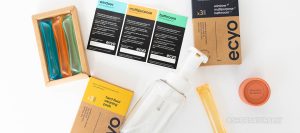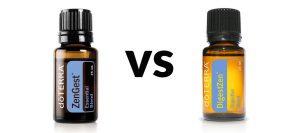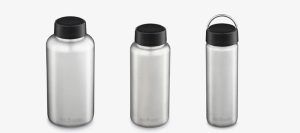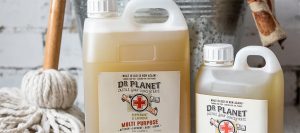FAQ - Insulated Food Jar performance guide
In store we have a variety of insulated food jars from quality brands including Thermos, Klean Kanteen, Lunchbots and Kids Konserve. Each of these food flasks has an advertised 'UP TO x HOURS INSULATION'. The reason they're advertised as 'UP TO' and not a guaranteed time period is the performance can be greatly varied depending on how you use it and what you're storing in it.
The following information is a generic guide for all insulated food flasks, thermos flasks and insulated bottles. For the purpose of this FAQ blog post, we're referring to their ability to keep food and drink HOT.
Getting maximum heat retention
To get the best performance out of your food jar or flask:-
- Preheat with boiling water
- Fill the food jar, the more food you have in it the better performance you'll get
- Liquids or food without big gaps will retain their heat better than food where there are large gaps of air in the container (and especially small volumes for the size of the flask)
What kind of heat retention can I expect
For whatever your advertised period is, if you preheat, completely fill and then don't remove the lid during the period of time, you can expect to hold around 50% of your original heat by the end of the advertised time frame, as long as your original heat was up around the 85-90°C mark. So, for a food jar that was full of hot soup and preheated with a time rating of up to 4 hours, you can expect your soup should still be around 45°C after you remove the lid at the 4 hour mark.
What actions will reduce the effectiveness of the insulation
There are quite a few things that will reduce the effectiveness of an insulated food jar or flask. Some of the more common actions are:-
- Not preheating the flask with boiling water
- Not placing the lid on straight away
- Removing the lid during the time period
- Not filling the flask (always buy a small flask for small amounts of food where possible)
The last one in particular is really important. If you have a 500ml flask and only have 100ml of hot food in it, the effectiveness of the insulation period is going to be significantly reduced. Make yourself a large pot of tea and then pour one small cup of tea and wait 5 minutes. The tea in your cup will be virtually cold while the tea remaining in the teapot will be holding its temperature quite nicely. The same thing happens inside an insulated food flask. Since the flask doesn't generate any heat itself, it relies on heat inside the flask. When you place 100ml of hot food in to a 500ml flask, your'e also placing 400ml of cold air in with it and the time period of insulation will be significantly reduced.
How do I test whether my food jars insulation is faulty
If you're worried that your insulated food jar is not working properly, perform this simple test. This test also works for a thermos flask (of any brand).
- Boil your kettle
- Fill the flask / food jar with boiling water and place the lid on
- Wait 10-15 minutes (up to 30 is fine too but not necessary)
- Feel the MIDDLE of the flask on the outside. If it's cool to the touch, your flask is working as it should. If it's warm, then it's faulty. Note, they will ALWAYS be warm up the top as you get close to the thread, that's just how the double layer vacuum insulation is designed
If you food jar or flasks passes this test, it's not faulty. If you're still not getting the ideal performance out of it, read above, ensure you pre-heat the flask, ensure your food is hot when you put it in, that the container is as full as possible and you're not repeatedly removing the lid. At the end of the time period, following all these guidelines, your food should still be retaining around half the heat it was when you put it in. Sometimes it will be more. If you're not following the guidelines above, it will be less.



